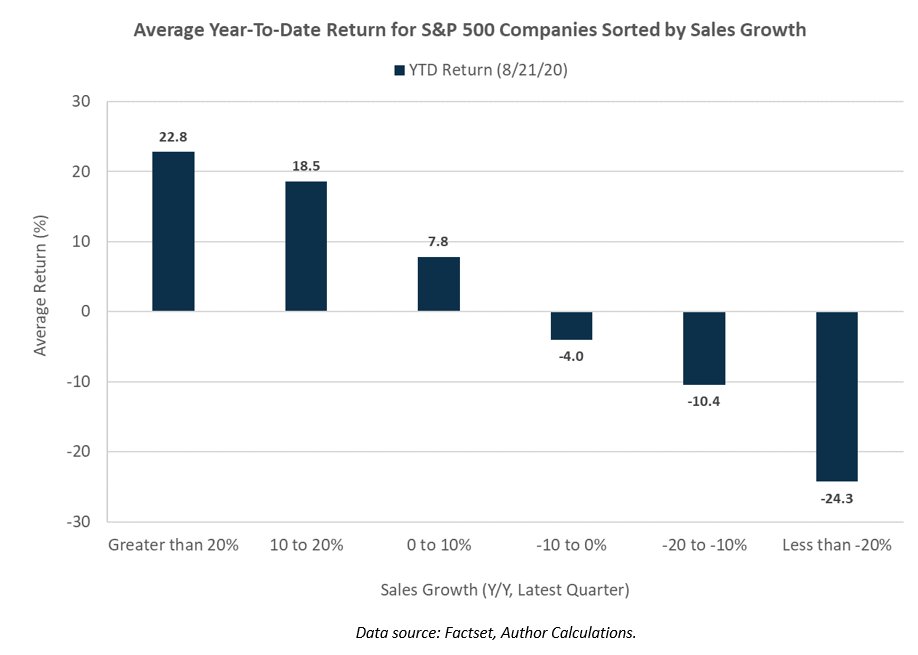
Musings on investing, the economy & all else. VP, Global Macro Strategist, @CarsonGroupLLC Advisory services through CWM, LLC, Registered Investment Advisor.
How to get URL link on X (Twitter) App


 Free cash flow -
Free cash flow -




 Energy has driven the pullback.
Energy has driven the pullback.

 65% of foreign profits were generated in tax havens, incl. Caribbean, Ireland, Singapore, Netherlands, Switzerland, Puerto Rico (favored by pharma).
65% of foreign profits were generated in tax havens, incl. Caribbean, Ireland, Singapore, Netherlands, Switzerland, Puerto Rico (favored by pharma).

 Tech/Cons. Dis/Comm. made up all the returns until 11/6 with Financials/Energy dragging.
Tech/Cons. Dis/Comm. made up all the returns until 11/6 with Financials/Energy dragging.

 Levy-Kalecki profit equation recap:
Levy-Kalecki profit equation recap: 
 So far disposable income has remained above trend, in sharp contrast to what happened in 2008-2009.
So far disposable income has remained above trend, in sharp contrast to what happened in 2008-2009.

 Another simple disaggregation is by market cap.
Another simple disaggregation is by market cap. 



